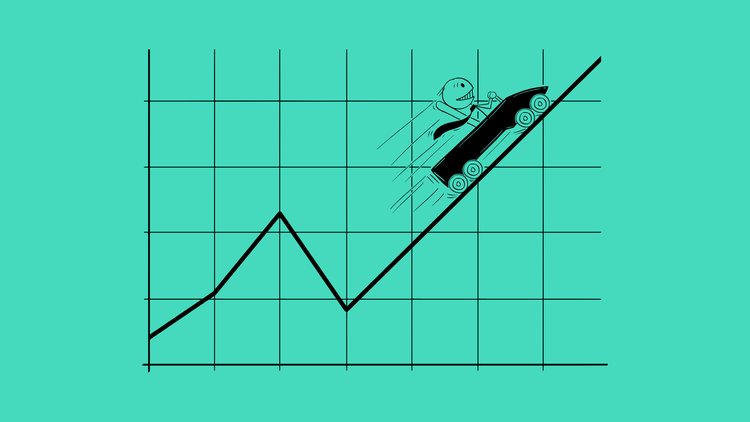How Goldman Adapts
In 1869, a guy named Marcus opened a small business to purchase promissory notes in New York City. More than a decade later, Marcus recruited his son, Henry, and his son-in-law, Samuel Sachs. They formed Goldman Sachs.
Goldman Sachs became a member of the New York Stock Exchange in 1896 and, a year later, it expanded to Europe.
For most of its history, Goldman has had a distinct culture — before going public, it operated as a competitive, up-or-out partnership — and clear lines of business. In recent decades, Goldman’s cash cows were its hugely successful trading and advisory groups.
But trading and advising are Wall Street activities. You don’t see IPOs on Main Street.
To expand its loan line, Goldman has invested USD 500 million in Marcus, its digital bank. To attract users, Goldman sent out 800,000 invitations per day.
Now one hundred and fifty years old, Goldman has USD 67 billion on its balance sheet, and a market cap approaching USD 100 billion.
After 150 years, Goldman Sachs is changing its core business
“Total loans held for investment on Goldman’s balance sheet at the end of last year stood at $67bn, more than 10 times the level of 2012.”
Unlike its old, fast-falling peers, Goldman appears to be remaking itself for a new business era. Its success or failure may well depend on its success with multi-dimensional leadership.





